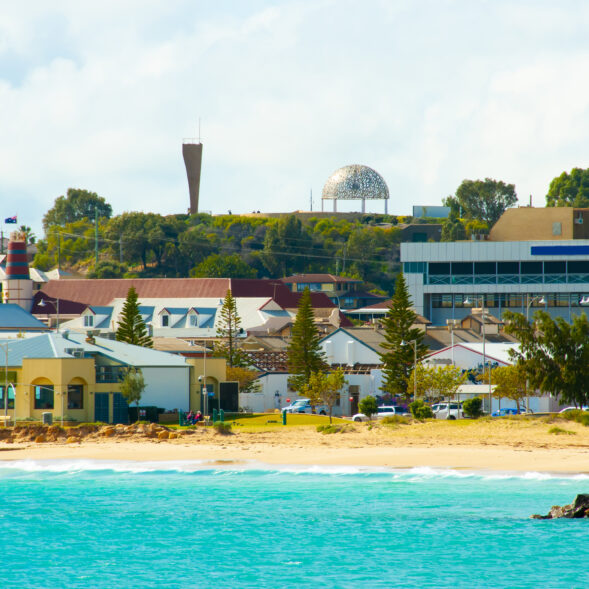In the past 12 months, higher interest rates, increasing inflation and uncertain economic conditions have negatively affected consumer confidence which has declined to levels experienced during peak Covid-19 pandemic lockdowns – and retail spending remains highly impacted.
The Australian Bureau of Statistics reported that monthly Australian retail turnover (seasonally adjusted) rose slightly by 0.3 per cent in February 2024 following a rise in January of 1.1 per cent and a fall of 2.1 per cent in December 2023. The largest increases in February 2024 were in the categories of clothing, footwear and personal accessory retailing (4.2 per cent) and department stores (2.3% per cent however the results followed significant negative movements for these categories in December 2023 of -6.2 per cent for department stores and -4.9 per cent for clothing, footwear and personal accessory retailing. Retail turnover rose very slightly across all states and territories in February 2024 except in Queensland (-0.5 per cent) and Tasmania (-0.4 per cent), with the highest increase being in Victoria and Northern Territory (both 0.7 per cent). Retail turnover growth remained relatively flat over the past six months as consumers spent less on discretionary goods in response to cost-of-living pressures and rising interest rates. Retail turnover growth is forecast to remain flat for the next 12 months.
Consumer confidence has been significantly dampened by higher inflation and the impact of multiple interest rate rises and consumers are concerned about the near-term outlook of the economy. The Westpac-Melbourne Institute Consumer Sentiment Index fell by 0.2 per cent to reach 84.4in March 2024. It was reported in the survey results that consumers were generally most concerned about inflation although the negativity about inflation has become less intense. Many consumers remain concerned about the challenging year ahead for the economy and their personal financial situation.
Reduced retail spending in addition to rising costs such as wages and energy put pressure on retailer affordability of rents and other outgoings. In many retail precincts, leasing conditions remain challenging and downward pressure on rents for retail tenancies is evident. Tenants are seeking greater flexibility including shorter initial terms. They’re also looking to negotiate lower rents and higher levels of incentive such as discounted rent or rent-free periods upon commencement of new leases or renewals. Although general leasing conditions in some areas are difficult, there is still good demand within prime locations, particularly from food based and retail service tenants.
The retail investment market has recorded varied results over the past 12 months across different market sectors. Since the implementation of cash rate increases, investor demand has weakened for retail properties in secondary locations, particularly within areas with low tenant demand and high vacancy rates. There is still a good level of demand for quality retail properties in strong retail locations from investors, particularly high net worth buyers and those with strong cash reserves and good borrowing capacity.
Investment demand for some retail property types such as neighbourhood shopping centres (with less exposure to discretionary spending) and freestanding supermarkets continued to strengthen throughout the previous 12 months due to large volumes of capital seeking high quality secure investments. Demand for these defensive asset types is expected to remain strong throughout 2024. Investors are looking to acquire supermarket assets due to factors such as the strength of the high-quality lease covenant, security of the long-term lease and potential for income growth as turnover increases, particularly in areas throughout Australia with strong population growth.
The retail investment market is forecast to record varied results during 2024. The volume of sales transactions of retail property assets in Australia was low during the past 12 months, with fewer active buyers and sales taking longer to transact and there currently appears to be a gap between vendor and purchaser expectations. Due to current economic uncertainty, the effects of higher inflation and higher interest rates, some retail property asset types may experience a further softening in yields and correction in values. We note that in recent months there has been an increase in sales activity which is expected to continue during 2024 and there is generally a more positive outlook than during 2023.
Vanessa Hoey










